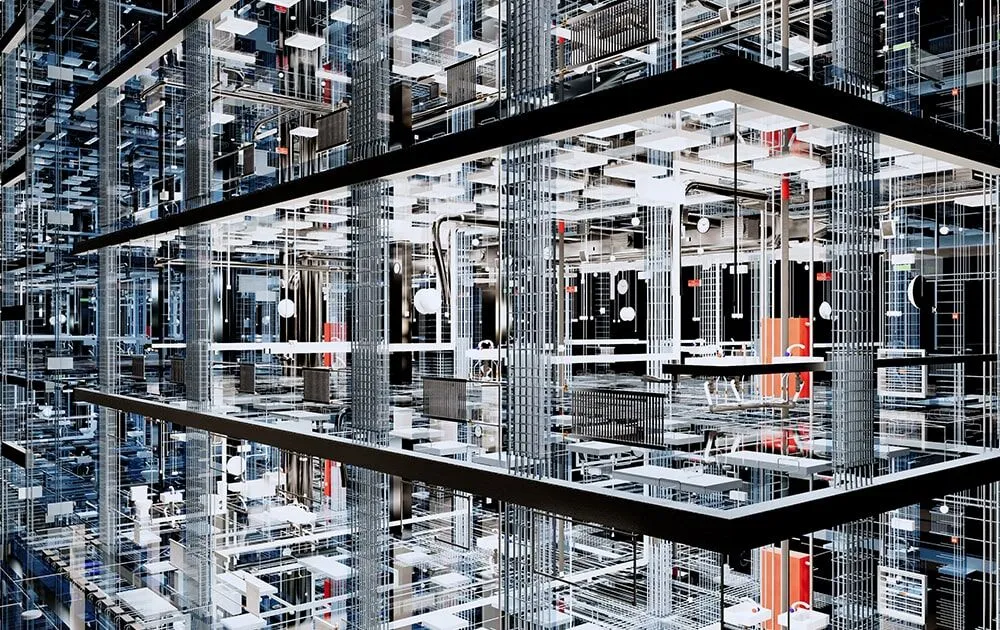In the intricate tapestry of building operations, Mechanical, Electrical, and Plumbing (MEP) systems form the backbone, ensuring functionality, comfort, and safety. However, to sustain optimal performance, MEP systems require vigilant maintenance strategies. In this comprehensive exploration, we delve into the importance of reliability in MEP systems and unveil effective maintenance strategies that ensure their uninterrupted functionality.
Understanding the Importance of MEP System Reliability
MEP systems encompass a complex network of mechanical, electrical, and plumbing components that work in tandem to provide essential services within buildings. From heating, ventilation, and air conditioning (HVAC) systems to electrical distribution networks and plumbing fixtures, these systems play a critical role in maintaining indoor environmental quality, supporting occupant comfort, and safeguarding life and property.
Reliability is paramount in MEP services, as disruptions or failures can have far-reaching consequences, including compromised occupant comfort, productivity losses, increased operational costs, and potential safety hazards. By implementing robust maintenance strategies, building owners and facility managers can ensure the reliability, longevity, and efficiency of MEP systems, thereby mitigating risks and optimizing building performance.
Key Maintenance Strategies for MEP Systems
Scheduled Preventive Maintenance: Scheduled preventive maintenance involves regular inspections, servicing, and repairs of MEP components according to predetermined schedules. This proactive approach helps identify potential issues before they escalate into major problems, minimizing downtime and extending the lifespan of equipment. Tasks may include filter replacements, lubrication of moving parts, calibration of sensors, and testing of safety devices.
Condition-Based Monitoring: Condition-based monitoring relies on real-time data and sensor technologies to assess the performance and health of MEP systems. By monitoring parameters such as temperature, pressure, humidity, and energy consumption, building operators can detect anomalies, trends, and impending failures early on. Advanced analytics and predictive algorithms enable predictive maintenance, allowing for timely interventions and optimized resource allocation.
Comprehensive Inspections and Audits: Regular inspections and audits are essential for identifying deficiencies, code violations, and inefficiencies in MEP systems. Qualified technicians conduct thorough assessments of equipment, infrastructure, and operational procedures, identifying areas for improvement and compliance with regulatory standards. Audits may cover mechanical systems, electrical distribution, fire protection systems, plumbing fixtures, and energy management practices.
Proactive Repairs and Upgrades: Proactive repairs and upgrades involve addressing identified issues promptly and implementing necessary modifications to enhance system performance and efficiency. This may include repairing malfunctioning equipment, upgrading outdated components, retrofitting energy-efficient technologies, and optimizing system configurations. By investing in targeted upgrades, building owners can achieve long-term cost savings and sustainability goals.
Staff Training and Knowledge Transfer: Effective maintenance strategies rely on well-trained personnel equipped with the knowledge and skills to perform tasks safely and efficiently. Ongoing training programs ensure that maintenance staff are familiar with equipment operation, troubleshooting techniques, maintenance procedures, and safety protocols. Additionally, knowledge transfer initiatives facilitate collaboration and knowledge sharing among team members, fostering a culture of continuous improvement.
Documentation and Data Management: Comprehensive documentation and data management are essential for tracking maintenance activities, recording equipment history, and analyzing performance trends. Digital asset management systems facilitate centralized storage and retrieval of maintenance records, equipment manuals, service reports, and inspection logs. By leveraging data analytics and performance metrics, building operators can identify patterns, optimize maintenance schedules, and make informed decisions.
Conclusion
In conclusion, ensuring reliability in MEP systems requires a proactive approach to maintenance that addresses the unique requirements and challenges of mechanical, electrical, and plumbing infrastructure. ENGISOFT ENGINEERING - BIM Staffing & BIM Services By implementing scheduled preventive maintenance, condition-based monitoring, comprehensive inspections, proactive repairs, staff training, and data-driven management practices, building owners can enhance the resilience, efficiency, and longevity of MEP systems.


No comments yet